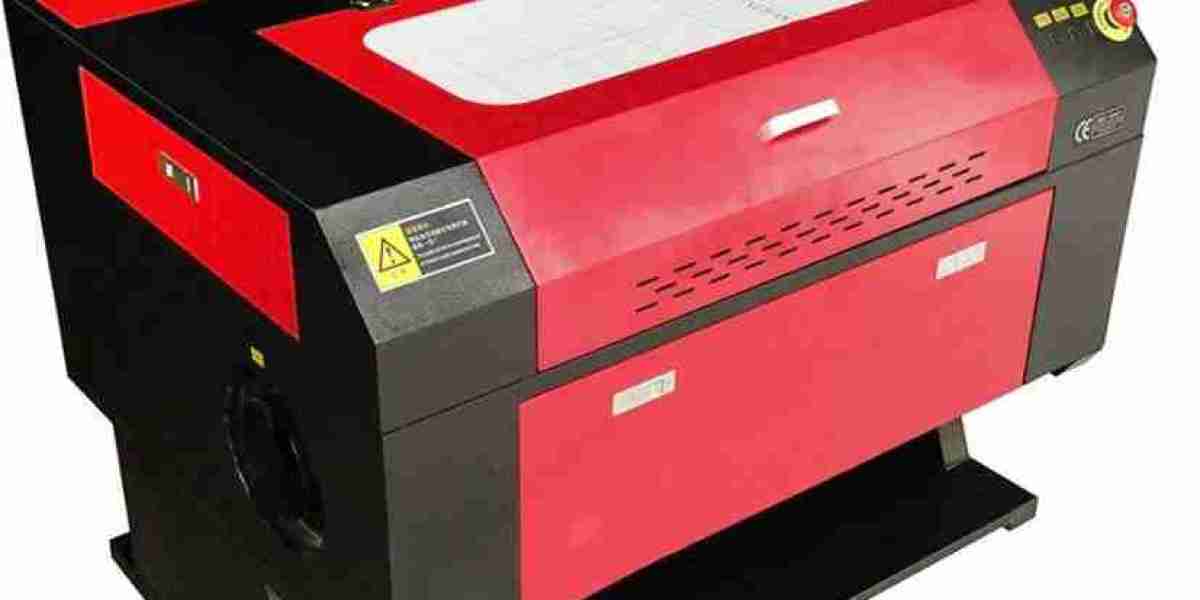Laser engraving equipment is widely used for marking, etching, and cutting various materials, yet not all materials respond the same way. Some produce deeper marks, while others show only shallow engraving. This difference arises from several factors, including material composition, laser settings, absorption properties, and heat conductivity. Understanding these elements can help achieve precise and consistent engraving results.
Material Composition and Its Role in Engraving Depth
The composition of a material significantly affects how it interacts with laser engraving equipment. Organic materials like wood and leather absorb laser energy more efficiently, leading to deeper engravings. In contrast, metals and glass require higher power levels because they reflect more laser energy. The density and hardness of a material also play a crucial role. Softer materials, such as acrylic and rubber, vaporize easily, while harder materials, like stainless steel or stone, resist deep engraving unless exposed to prolonged laser pulses.
Laser Absorption and Wavelength Compatibility
Laser engraving equipment operates at specific wavelengths, typically in the infrared spectrum. The material's ability to absorb this wavelength determines the engraving depth. For example, CO₂ lasers work well with non-metals like wood and plastic, while fiber lasers are more effective on metals. If a material has a low absorption rate for the given wavelength, it will require more power or multiple passes to achieve significant engraving depth.
The Role of Heat Conductivity
Materials with high thermal conductivity, such as aluminum and copper, dissipate heat quickly, preventing deep engravings. Since the laser energy spreads away from the focal point, less material is vaporized at the surface. On the other hand, materials with lower thermal conductivity, like plastics and ceramics, retain heat at the engraving site, allowing for deeper marks.
Laser Power and Speed Adjustments
The settings of laser engraving equipment directly impact the engraving depth. Increasing power levels delivers more energy to the material, enhancing penetration. However, speed adjustments also matter. A slower engraving speed allows the laser to dwell longer on the surface, leading to deeper marks. Conversely, high-speed passes create shallow engravings as less energy is absorbed in a single pass.
The Effect of Focal Length and Beam Diameter
The focus of the laser beam influences engraving quality and depth. A tightly focused beam delivers high energy density to a small area, enabling deeper penetration. If the focal length is incorrect, the energy disperses, resulting in shallow or inconsistent engraving. Proper lens selection and focus calibration ensure optimal depth for different materials.
Surface Finish and Pre-Treatment
The condition of the material’s surface affects laser interaction. Polished and reflective surfaces may deflect laser beams, reducing engraving effectiveness. Pre-treatments like anodization or applying a coating can enhance laser absorption, leading to deeper marks. Some metals are pre-coated with marking sprays to improve contrast and depth.
Multiple Pass Engraving for Enhanced Depth
For materials that resist deep engraving in a single pass, multiple passes can achieve the desired depth. This method involves layering engravings gradually, ensuring controlled material removal without excessive heat buildup. Each pass removes a small portion, preventing damage while increasing depth.
Engraving Depth Variations in Different Materials
- Wood: Absorbs laser energy efficiently, allowing deep burns and dark contrast.
- Metal: Requires higher power settings or fiber lasers for deep engraving.
- Plastic: Some plastics melt instead of engraving deeply, requiring precise power control.
- Glass: Brittle and prone to surface fractures, limiting engraving depth.
- Stone: Engraves effectively but at a slower rate due to hardness.
Conclusion
The depth of laser engraving depends on material composition, absorption rates, thermal properties, and laser settings. By adjusting power, speed, and focal precision, laser engraving equipment can achieve optimal results across different surfaces. Understanding these factors ensures consistency in engraving projects, whether for industrial applications or artistic designs.







